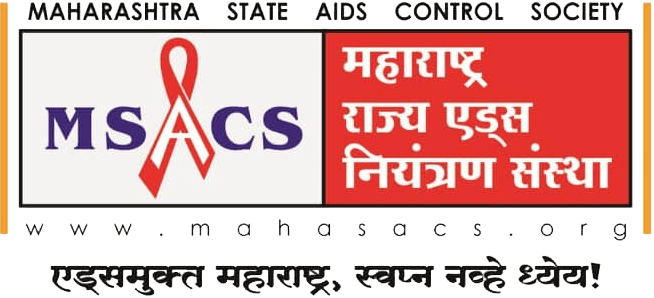In India, women account for around one million out of 2.5 million estimated number of people living with HIV/AIDS. Their heightened vulnerability has both biological and socio-economic reasons. Early marriage, violence and sexual abuse against women are the major socio-economic reasons of their vulnerability to HIV infection. Their biological construct makes them more susceptible to HIV infection in any given heterosexual encounter.
India Scenario
- Abstinence and condom use are usually not the options available to women since social norms are that women are not ‘supposed’ to be sexually knowledgeable. This is compounded in respect of sex workers who are doubly stigmatised and marginalised.
- Prevalent notions of masculinity and femininity generally mean that women have little control or negotiating power in their sexual relationships, including marriage. Women have poor access to information and education, which is critical in the context of HIV since behaviour change is the key to controlling the epidemic. This is further accentuated among poverty-stricken communities.
- Violence against women and HIV/AIDS continue to be inextricably linked: rape, incest, assault by family members or friends, violence in the course of trafficking or at workplace expose them to HIV infection.
- Women have poor access to health services as a result of lower priority given to their health and their lack of decision-making powers within the family. Also, women usually have poor mobility, which inhibits access to information and services.

